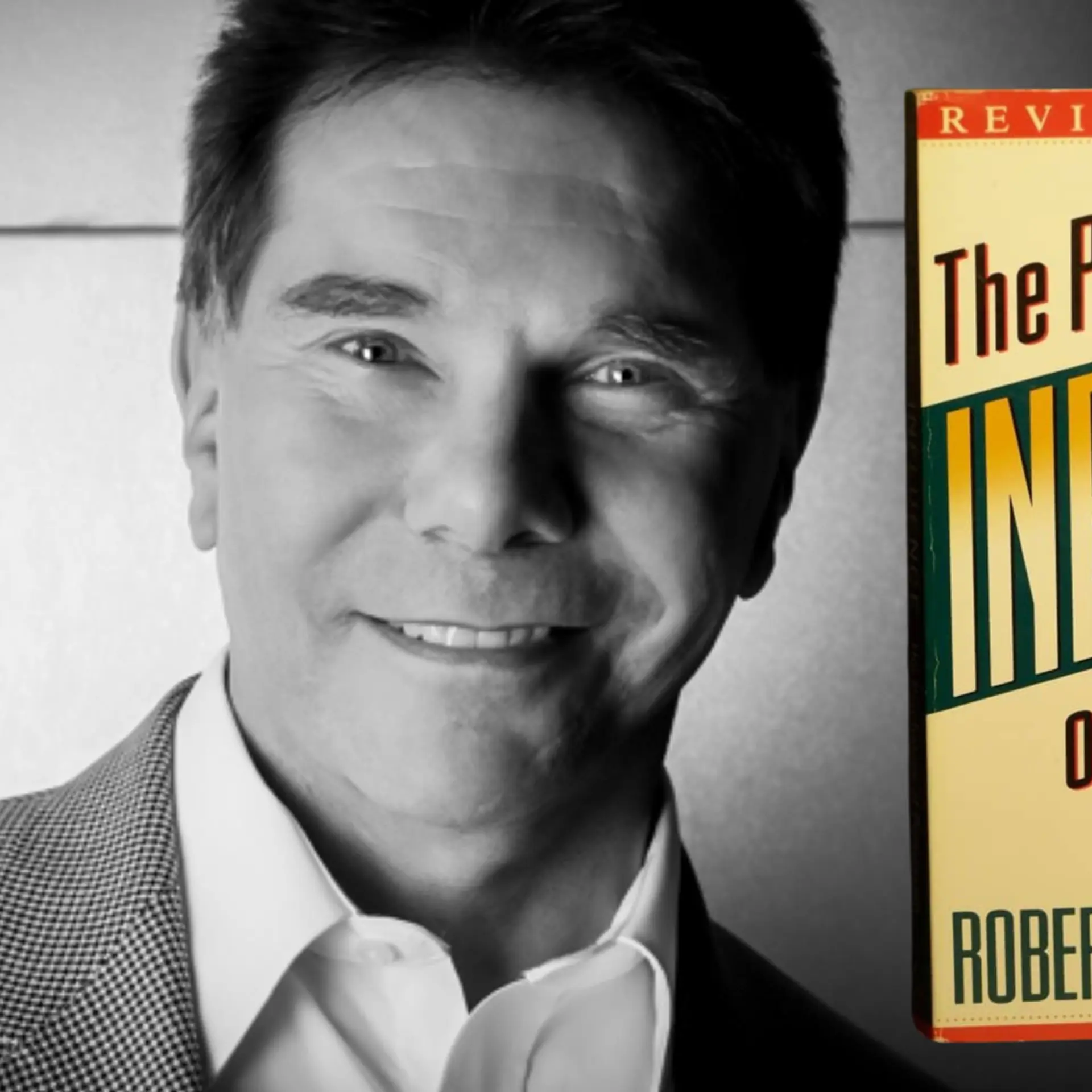Meet the man who took on a builders’ lobby to fight for aviation safety
Many of the illegal constructions are slums, and many other such buildings are inhabited by poor people. It is clear that the whole system needs to be fixed to ensure a fair solution.

An intellectual property lawyer by training and an author of three books, Yeshwanth Shenoy is the man who has given aviation authorities nightmares.
And yet, after poring through Airport Authority of India archives and being appalled at the death of two sitting Chief Ministers in aviation-related accidents, Yeshwanth decided that enough was enough.
The lawyer from Kerala filed a PIL in the Bombay High Court, resulting in the court directing aviation authorities, including the Directorate General of Civil Aviation (DGCA), to demolish hundreds of buildings around the Mumbai airport.
Asked why he filed the PIL, Yeshwanth says,
All the information on risks in aviation is out there. Nobody accesses it, and nobody cares either. Most of these accidents are avoidable. Someone needs to step up to ensure that we avoid them!
How big of a problem are illegal constructions around airports? “It is huge,” he says, “Imagine if a plane were to overshoot the runway in Mumbai or Delhi. 5,000 people would be killed straightaway.”
A bumpy ride
Before filing the PIL, he spent several hours studying aviation – both the science and the law.
“I had never studied like this in my life,” he says, “There are almost no aviation law specialists in India. But that was not the biggest hurdle.”

In 2010, a plane crashed into an illegal structure near the Mangalore airport. The resulting fire killed 158 people. Yeshwanth went to the police to reopen this case, and was met with confusion. The police did not understand why he wanted to charge the authorities responsible, with murder. He then went to the Magistrate, who he said was brave enough to take cognisance of his case, albeit under culpable homicide and not murder. At this point he was up against several IAS officers of high rank.
How did he make his case for murder? He says,
“The cause of death was fire, but the cause of fire was an illegal construction. Those responsible for the existence of such a structure must be held accountable.”
Aviation, by nature, is an international subject. The US and France are automatically interested parties because they manufacture Airbus and Boeing aeroplanes. And if citizens of other countries are involved in an accident, it becomes an international blame game.
Yeshwanth says, “If a Boeing meets with an accident, the US will point fingers at Indian operations and vice versa. Pilots are caught in this mess.”
Standing up to resistance
“I could be a rich man if I wanted to,” says Yeshwanth, “I have been offered 100 crores from builders in Mumbai to back off. But I wouldn’t be doing this if all I wanted was to get rich.”
Do the threats bother him? “Fear is for overthinkers. I receive calls from people threatening me with consequences. I ask them if they want my address. When people are really going to harm you, they don’t call you to warn you first,” he says.
Next steps
The next battle Yeshwanth has taken up is that of pilot fatigue. Between 2 to 6 am, people with a normal sleep schedule go through a window of circadian low – a period of time where alertness and performance are reduced. Aviation guidelines recommend fewer flying hours during this window. Many airlines run short haul flights between India and the Middle East around the window. These are within the norms, but small delays disrupt schedules heavily.
“This is a huge risk,” he says, “We will not learn from Mangalore. It will always be profits over lives.”

For the PIL related to pilot fatigue, Yeshwanth has launched a crowdfunding campaign. Finance, he says, is his biggest issue currently. He says he “hardly has any time to do anything else, because aviation law requires real study and expertise. You need to put the hours in.”
And, he says, “I am in a race against time. An accident is inevitable; the only question is when. We need to fix these issues before an accident happens.”
Failures in the system
But what about the spillover effects of his work, such as the homes and livelihoods sure to be lost after the demolition order? Many of the illegal constructions are slums, and many other such buildings are inhabited by poor people. It is clear that the whole system needs to be fixed to ensure a fair solution. This means that there ought to be state capacity to prevent these constructions, and rehabilitate and compensate the dwellers when their homes are demolished.
“The state can and must provide homeless people with homes. It can and must restore your home. But it cannot restore your life. Tomorrow, whether a judge dies or a slum dweller dies, the compensation amount will be the same. Death,” he says, “is the great equaliser.”







